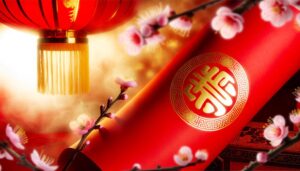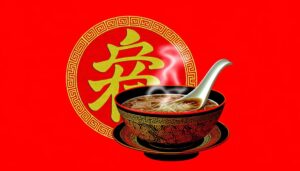What Are Chinese Symbols for Life and Death?
The Chinese characters for life (生) and death (死) have profound historical and philosophical roots. Emerging from the oracle bone script of the Shang Dynasty, these symbols encapsulate deep meanings across Confucianism, Taoism, and Buddhism.
The character for life suggests growth and essentiality, while death symbolizes cessation and finality. In calligraphy, their brushstrokes reflect the intertwined concepts of yin and yang.
Modern interpretations see these characters enriching art, literature, and digital media, reflecting their enduring cultural significance. Understanding the evolution and nuance behind these symbols opens a window into Chinese cosmology and historical continuity.

Key Takeaways
- The Chinese symbol for life depicts a plant sprouting from the ground, originating from ancient oracle bone script.
- The Chinese symbol for death historically represents a collapsed figure, evolving through various script forms.
- In calligraphy, the life symbol embodies growth and energy, while the death symbol signifies finality and cessation.
- Confucianism, Taoism, and Buddhism imbue these symbols with philosophical meanings, reflecting moral cultivation, cyclical nature, and samsara.
- Modern art and digital media use these symbols to explore existential questions, maintaining their deep connection to Chinese cosmology.
Historical Origins
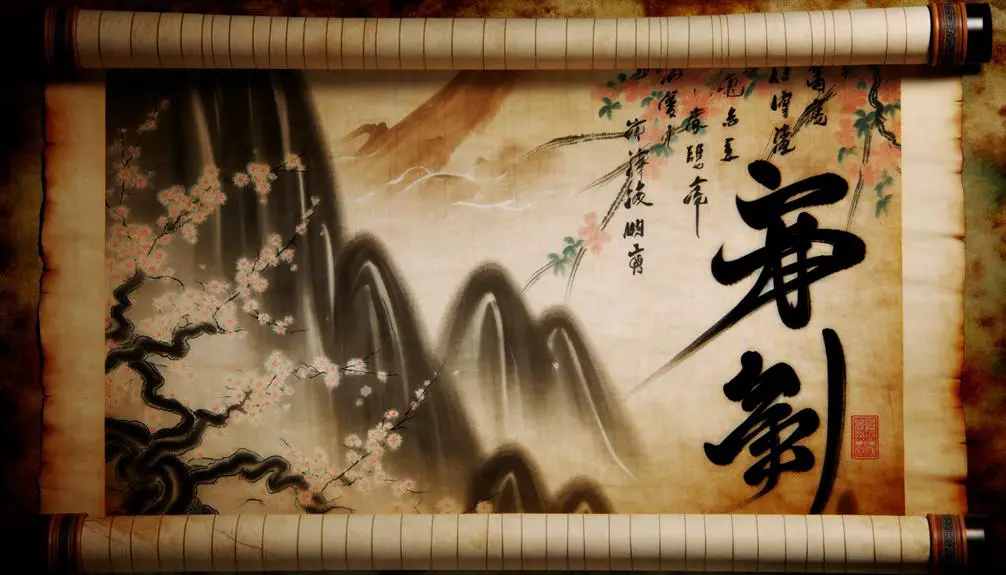
The Chinese symbols for life (生) and death (死) have their roots deeply embedded in ancient Chinese philosophy and calligraphy, reflecting millennia of cultural and linguistic evolution. Originating from oracle bone script during the Shang Dynasty (circa 1600-1046 BCE), these characters have undergone significant transformations.
The character for life (生) originally depicted a plant sprouting from the ground, symbolizing growth and vitality. In contrast, the character for death (死) historically represented a collapsed figure, signifying the cessation of life. As these symbols evolved through various script forms—from Seal Script to Regular Script—they retained their core meanings.
This historical journey underscores their profound cultural significance, illustrating the intricate relationship between language, art, and existential concepts in Chinese civilization.
Philosophical Significance
Rooted in their historical origins, the Chinese symbols for life (生) and death (死) encapsulate profound philosophical meanings that resonate within various schools of Chinese thought, including Confucianism, Taoism, and Buddhism.
In Confucianism, life is viewed as a journey of moral cultivation, while death serves as a reminder of one's duties to family and society.
Taoism emphasizes the cyclical nature of existence, seeing life and death as interdependent states within the Dao's flow.
Buddhism introduces the concept of samsara, where life and death are part of a continuous cycle of rebirth, urging detachment and mindfulness.
These symbols, hence, are not mere characters but embody the intricate interplay of life's transient and enduring aspects.
Symbolism in Calligraphy
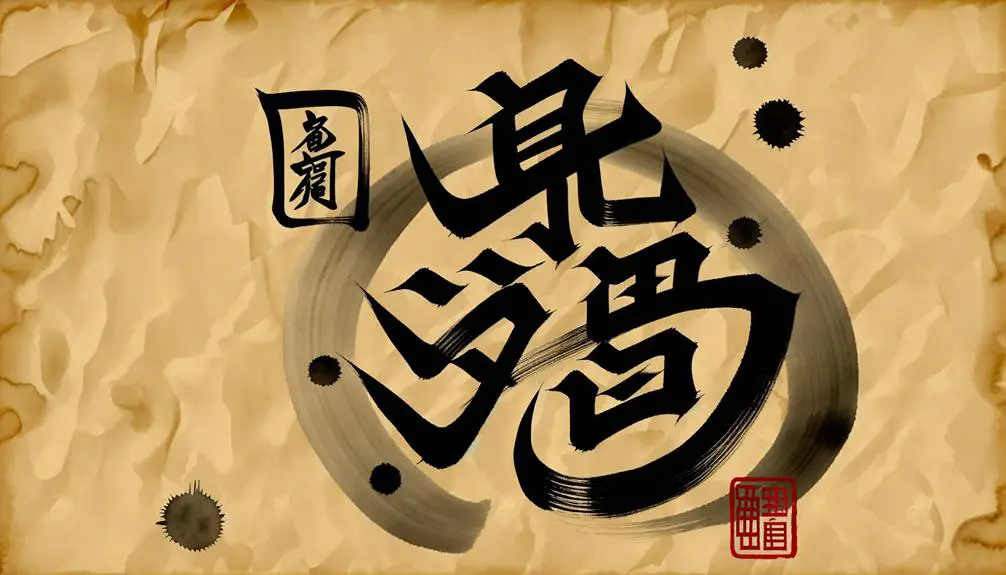
Calligraphy in Chinese culture transcends mere artistic expression, serving as a profound medium through which the symbols for life (生) and death (死) convey deep philosophical and existential meanings.
The intricate brushstrokes and the deliberate pacing of each character embody the yin-yang duality, reflecting the interconnectedness of life and death.
The character for life (生) often symbolizes growth and energy, its upward strokes indicating emergence and ascension. Conversely, the character for death (死) is depicted with more angular, grounded strokes, representing finality and cessation.
Each stroke is not just a mark on paper, but a vehicle for conveying millennia-old wisdom, offering insights into the cyclical nature of existence as perceived in Chinese thought.
Modern Interpretations
In contemporary Chinese culture, the symbols for life (生) and death (死) continue to evolve, manifesting in modern art, literature, and digital media, while still retaining their profound philosophical roots.
Artists incorporate these characters into visual artworks, juxtaposing traditional calligraphy with modern themes.
In literature, these symbols often serve as metaphors to explore existential questions and societal changes.
Digital media platforms use these characters in emojis and virtual communication, enabling their widespread and nuanced expression.
Despite technological advancements, the characters maintain their deep connection to Chinese cosmology, symbolizing the cyclical nature of existence.
These modern interpretations reflect both continuity and innovation, bridging ancient wisdom with contemporary narratives.
Cultural Expressions
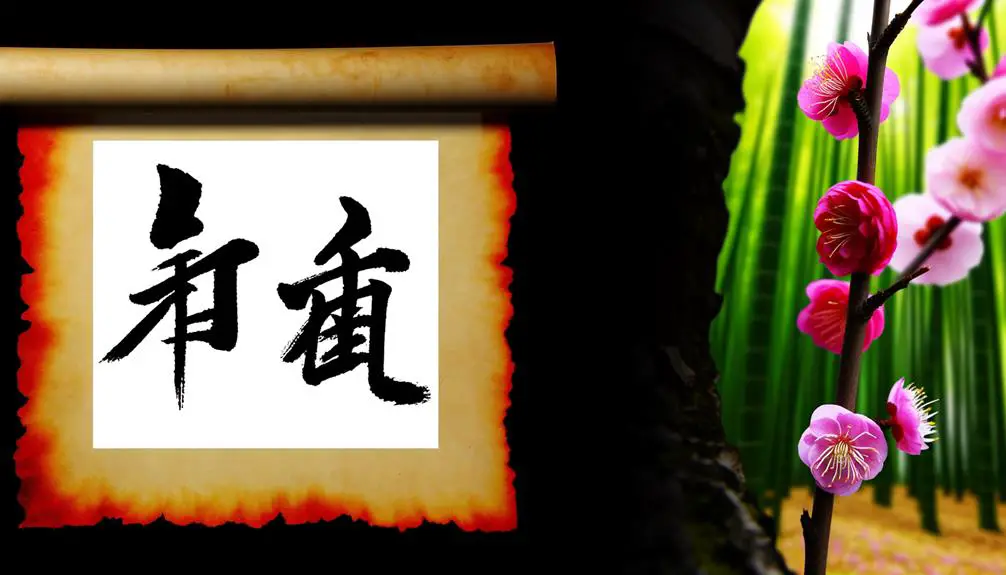
Expressions of the Chinese symbols for life and death permeate various facets of cultural practice, ranging from traditional rituals to contemporary art forms.
In ancestral worship ceremonies, the symbol for life (生) is intricately woven into prayers for prosperity and health, while the symbol for death (死) is used in mourning rituals to honor the deceased. Linguistically, these symbols encapsulate profound philosophical views, reflecting the cyclical nature of existence central to Chinese thought.
Moreover, these symbols are embedded in everyday language, idioms, and proverbs, enriching dialogue with layers of meaning. The duality of life and death is also evident in festivals such as Qingming and the Ghost Festival, where rituals balance reverence for ancestors with the celebration of life.
Influence on Art and Design
The Chinese symbols for life and death have exerted a profound influence on art and design, manifesting in traditional aesthetic inspirations and permeating modern artistic expressions.
These symbols encapsulate deep cultural significance, often integrated into contemporary art to convey philosophical musings on existence. Additionally, they serve as essential cultural design elements, bridging historical context with present-day creativity.
Traditional Aesthetic Inspiration
Chinese symbols for life and death have profoundly influenced various art forms and design practices, serving as essential motifs in traditional and contemporary aesthetics. Rooted in ancient calligraphy, these symbols encapsulate philosophical and spiritual dimensions, reflecting the cyclical nature of existence.
Artists have historically incorporated the characters 生 (shēng) for life and 死 (sǐ) for death into paintings, sculptures, and textiles, imbuing their works with layers of meaning. Traditional Chinese gardens, for instance, often feature stone inscriptions with these symbols, harmonizing natural elements with human introspection.
Moreover, the intricate brushstrokes of these characters have inspired decorative patterns in ceramics and embroidery, symbolizing the eternal balance between creation and cessation. Their aesthetic influence remains a tribute to their enduring cultural significance.
Symbolism in Modern Art
Building upon their traditional roots, the symbols for life (生) and death (死) continue to resonate in modern art, influencing contemporary design aesthetics and embodying a profound cultural narrative.
These ideograms are frequently incorporated into visual arts, graphic design, and fashion, serving as potent emblems of existence and mortality. Artists and designers use these symbols to evoke emotional responses and to explore existential themes, often juxtaposing ancient wisdom with modern sensibilities.
The interplay between 生 and 死 within artistic works provides a rich tapestry of meaning, reflecting the dualities of human experience. This nuanced use of traditional symbols illustrates the enduring relevance of Chinese cultural heritage in shaping contemporary artistic expressions.
Cultural Design Elements
Incorporating cultural design elements, artists and designers draw upon a rich tapestry of historical motifs and traditional symbols to create visually compelling and contextually meaningful works.
The Chinese symbols for life (生) and death (死) serve as powerful emblems, deeply embedded within the cultural consciousness. These characters are not merely linguistic tools but are also imbued with philosophical and spiritual significance. Their usage extends beyond calligraphy to influence various art forms, including painting, sculpture, and contemporary graphic design.
Conclusion
The Chinese symbols for life and death encapsulate profound philosophical insights, intertwining historical roots with contemporary relevance.
These characters, when depicted in calligraphy, transform into visual metaphors, embodying the cyclical nature of existence.
Modern interpretations and cultural expressions continue to draw from this rich tapestry, influencing art and design across generations.
This way, the symbols for life and death serve as enduring emblems, bridging the temporal span between ancient wisdom and modern aesthetic sensibilities, reflecting the unending dance between beginnings and endings.


